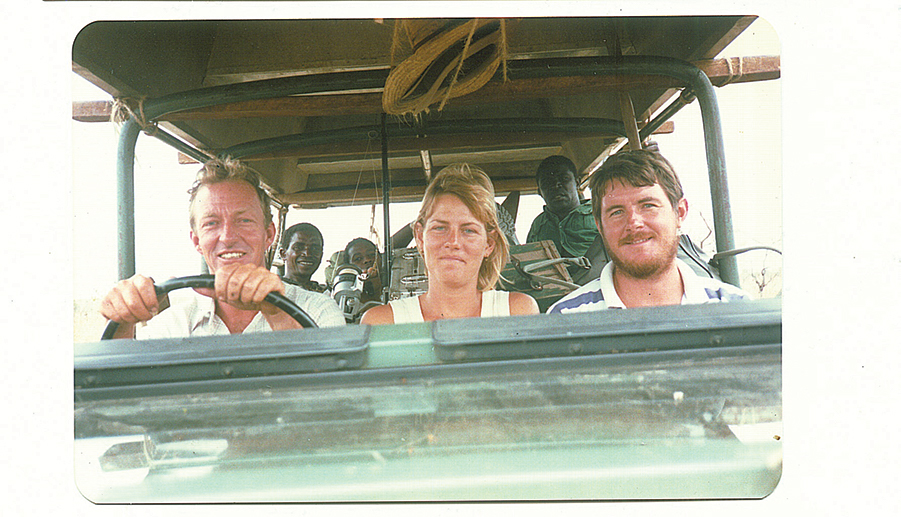It’s been a year of so many changes, and on a seemingly minor front we’ve been ticking along in the background updating all our ‘Selous Game Reserve’ references to ‘Nyerere National Park’. This transition from reserve to park came about in 2019, but in working through it all, we’ve been reflecting on the history of Sand Rivers and Selous, and realised it’s well worth celebrating.
What’s in a name, you might ask? Quite a lot, it turns out. What is now Africa’s largest national park at over 30,000 square kilometres is also its oldest. This vast tract of bush has seen quite a few decades of history, including world wars, independence, the transition from German East Africa to United Nations Trust Territory to Tanganyika to Tanzania… and entwined in its archives are the tales of some fascinating figures.
The Selous Game Reserve was established in 1922, named for Frederick Courteney Selous who lost his life close to the Rufiji River fighting German colonial forces in the First World War. Selous was a British explorer, hunter and conservationist. He was buried beneath the tamarind tree where he fell; his grave can still be visited today, and it’s not uncommon to stumble upon old bullet casings and wartime paraphernalia that claimed the lives of many while you’re walking in the Sand Rivers surrounds.
In the present wild beauty of this patch of wilderness, it’s impossible to conceive of bullets flying and the racket of warfare, in spite of the evidence all around us. In fact, it’s much easier to imagine the sights that entranced Richard Bonham when he first arrived, aged just 25.
Richard was no stranger to the remote and untamed; son of Jack Bonham, a renowned Kenyan game warden, he grew up in the bush and had set up his own safari company to channel his passion for walking the wilder parts of East Africa. He led an adventurous expedition to the Selous in 1979, and one of the members of his party was the author Peter Matthiessen, who documented the journey in his book ‘Sand Rivers’. The book speaks to the enchanting beauty of the Selous, and Richard was transfixed. In 1994, he teamed up with Bimb and Lizzy Theobald to make his original base camp into the Sand Rivers Selous that we know and love today.

The Reserve bore the name of Selous for 97 years until 2019, when it became Nyerere National Park after Tanzania’s founding father. Julius Nyerere is known as ‘Mwalimu’ which means teacher – but he is also called ‘Father of the Nation’ for leading Tanzania to independence and holding the honour of being the country’s first president. It’s hard to overstate what a significant figure he is in the tale of Tanzania, but it also turns out he and Selous held some views in common. In his 1961 Arusha Manifesto that would outline independent Tanzania’s stance on conservation, Nyerere stated:
"The survival of our wildlife is a matter of grave concern to all of us in Africa. These wild creatures amid the wild places they inhabit are not only important as a source of wonder and inspiration, but are an integral part of our natural resources and our future livelihood and well being. In accepting the trusteeship of our wildlife we solemnly declare that we will do everything in our power to make sure that our children's grand-children will be able to enjoy this rich and precious inheritance."
Thus, the inherent importance of wilderness was recognised and baked into Tanzania’s foundational values, and it seems perfectly fitting that Africa’s largest national park should bear the name of the man who had such foresight and clarity of perception.
Although we’ve been updating everything to ‘Nyerere’ in all of our material, we’ve decided that Sand Rivers Selous will keep its name. It’s important to know where you come from, and we’d like to give a nod to the three men whose fates conspired to bring us to where we are today. Selous’s adventurous spirit inspires us still, and we walk Richard Bonham’s paths and behold the same views he did in 1979… and we’re proud to be part of a park that bears testament to Tanzania’s commitment to the wilderness – and we’ll do our part to uphold Mwalimu Nyerere’s vision to make sure it stays wild and free.
